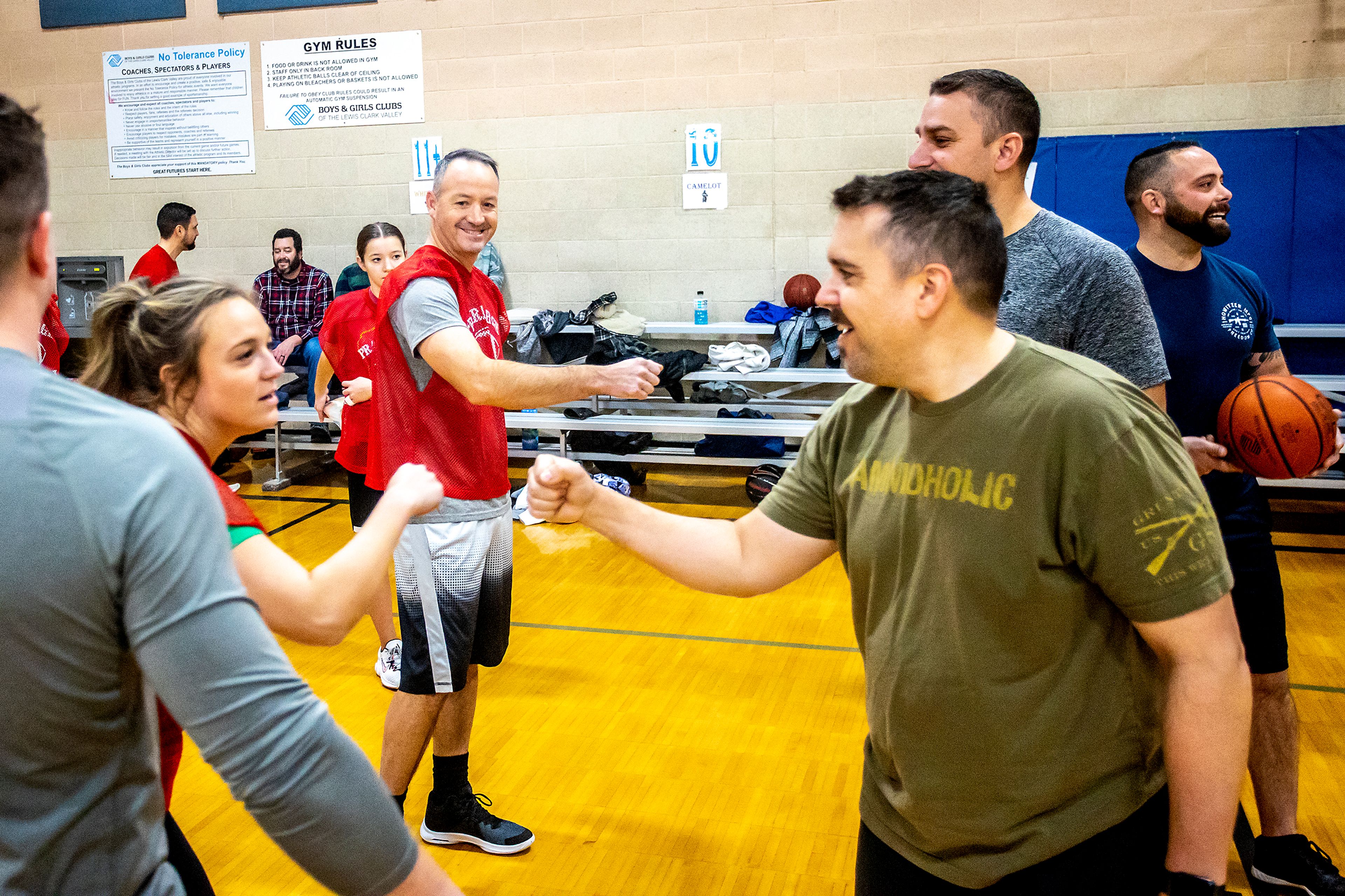Building library digital collections on Palouse
If you have visited the University of Idaho Library (or have been reading these columns) you will know that we have world class collections right here on the Palouse. In addition to providing access to millions of research articles and books, the UI Special Collections and Archives department specializes in stewarding rare and unique historical records documenting the history and culture of this region. While patrons can view these items in person by visiting the library’s Special Collections Reading Room, they can also take advantage of the tens of thousands of items the library has digitized and made available via its robust and well-established digital collections program. Our digital collections invite the world to explore unique materials (such as historical photographs, documents, maps, audio, and video recordings), creating new opportunities for research, learning, and enjoying the region’s history.
But what exactly is a digital collection and how is it built?
A digital collection (sometimes called a digital library or digital repository) is a website that provides access to a group of digital files and their descriptions. To get an idea of what we mean, it might be easiest to browse a few examples from the UI Library’s Digital Initiatives department: lib.uidaho.edu/digital/.
Many of these digital collections are comprised of scanned (that is “digitized”) photographs and documents from UI Special Collections. They also contain audio, video, and born-digital objects such as images or documents created with a digital camera, phone, or computer. Importantly, each item in a digital collection must be described so that people can search for it, discover it, and understand its context. This description is called “metadata” and it contains information such as the item’s title, date of creation, who made it, where it was made, and any unique details about the item and its collection. The metadata for UI’s digital collections is created by library staff, and enriched by researchers, students and subject specialists.
The digital collection content is made available to the public using a web platform that allows users to browse, search and view the items up close. There are a handful of common digital collection platforms used by libraries around the world to make digital collections available. You’ve likely encountered a few of them if you’ve ever spent time searching for digitized historical material. But did you know that two unique digital collection platforms are developed in-house, right here on the Palouse?
First, at Washington State University the Center for Digital Scholarship and Curation leads the development of Mukurtu CMS, a digital collection platform specially designed to support indigenous communities who want to share their heritage while respecting their unique protocols, ethics and cultural context.
For example, Washington State University Libraries hosts the Plateau Peoples’ Web Portal, a collaborative digital collection curated by a coalition of tribal groups from across the region. Visit the portal to see how Mukurtu uniquely enables access to these community materials: plateauportal.libraries.wsu.edu/.
Second, librarians at University of Idaho Library develop the CollectionBuilder project, which uses flexible templates to create digital collections with minimal infrastructure and software overhead. This (relative) simplicity removes barriers to design and maintenance, and empowers the creation of customized and contextualized digital collections.
At UI we have used CollectionBuilder to create most of our digital collections, as well as in teaching with students and faculty on campus through the Library’s Center for Digital Inquiry and Learning. If you browse our collections, you will find projects created in collaboration with faculty, graduate and undergraduate students and community and university partners.
At UI, our digital collections and the open-source digital collection platforms we create represent an opportunity to increase our impact beyond the walls of the library by making historical material available to the public for free. Both Mukurtu and CollectionBuilder have been adopted by people around the world, increasing access to unique materials locally and internationally, and spurring new means of research and sharing. UI Library has an unofficial motto of “Bringing the world to Idaho ... and Idaho to the world.” Our digital collections are an impactful area where we continue to carry out and advance this important ideal.
Olivia Wikle is the digital initiatives librarian and Evan Peter Williamson is the digital infrastructure librarian at the University of Idaho Library.









